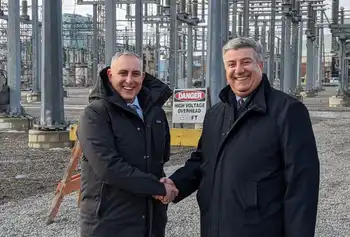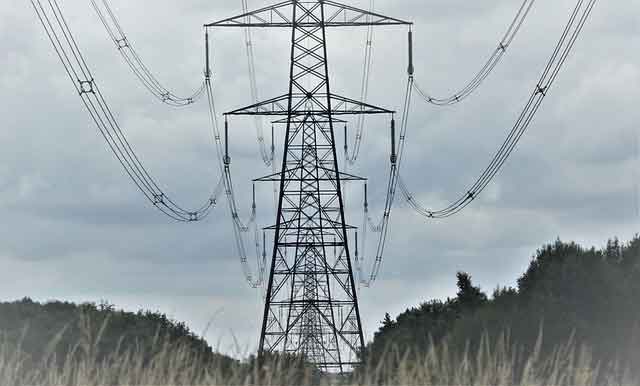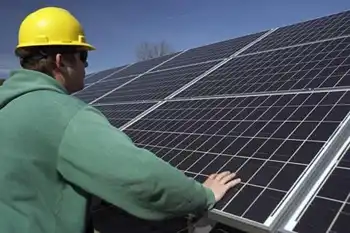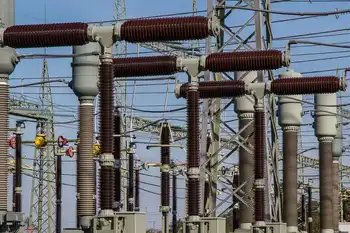Delays threaten Ontario's goal for renewable power
By Globe and Mail
Protective Relay Training - Basic
Our customized live online or in‑person group training can be delivered to your staff at your location.

- Live Online
- 12 hours Instructor-led
- Group Training Available
Enbridge Inc.'s plans to erect 110 giant wind turbines on the shore of Lake Huron have been blocked by a group of local residents. Critics say that without this 189-megawatt project, which is now headed for a hearing before the Ontario Municipal Board, the government will have difficulty meeting its goal of having new renewable energy sources supply 5 per cent of the province's electricity next year.
The government has also told companies looking to erect wind turbines in the province's lakes to put their plans on hold until it studies the potential environmental impact of such projects. Trillium Power Energy Corp. was planning to build a 710-megawatt wind farm in Lake Ontario, the largest in Canada.
Tom Adams, executive director of Toronto energy watchdog Energy Probe, said the reigning Liberals' plans on renewable energy are reminiscent of their poorly thought out campaign promise to close the province's coal-fired plants by 2007 a pledge they have since broken.
"Yet again, the Ontario government finds itself with the consequences of an ill-considered policy," Mr. Adams said.
"What makes (Energy Minister Dwight Duncan) think he knows anything more about conservation, about wind power, about gas than he knows about coal?"
New Democratic Party Leader Howard Hampton said the government is committed to spending billions of dollars on nuclear energy to the exclusion of other energy sources.
"The McGuinty government gives a lot of speeches about wind energy and renewable energy and green energy but in fact most of that is superficial," he said. "The real energy policy is go nuclear and go big."
Ontario now has just more than 400 megawatts of wind power generation, more than any other province. By 2025, the government plans to double the amount of electricity that comes from renewable sources.
Mr. Duncan denied that the roadblocks in front of the wind-farm projects will prevent the government from achieving its goal for 2007.
"We feel confident we're going to hit our target according to the timeline we've laid out," he said.
But Enbridge is just the latest wind project to run into opposition from the "not in my backyard" forces. Enbridge addressed its critics by agreeing to set the turbines farther back from property lines to 121 metres from 50 metres. But Bill Palmer, a member of the Windfarm Action Group, said that is still not far enough in the event a blade falls off during a storm.
Mr. Palmer, a former engineer at the old Ontario Hydro, said he does not think government officials have studied wind turbines closely enough. "We thought we would have had our shovels in the ground prior to this," said Debbie Boukydis, a spokeswoman at Enbridge. Now, however, Ms. Boukydis does not expect construction to being until the spring of 2008.
At Trillium, chief executive officer John Kourtoff said he thinks his company's project has been unfairly lumped in with others that plan to have wind towers closer to the shore. Trillium plans to erect 140 wind turbines between 15 and 25 kilometres offshore.
Despite the setback for his company, he praised the government's renewable-energy policy.
"We feel they have done more in the past three years than was done in the previous 13 years," Mr. Kourtoff said.











